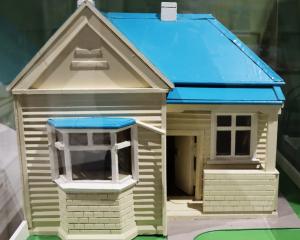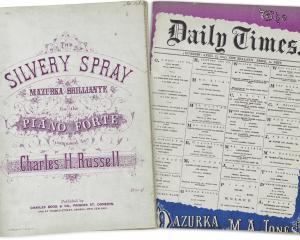
This handsome pair of stoneware vases was produced at the turn of the 20th century by the prominent Victorian pottery R.W. Martin and Brothers. At the time, the Martin Brothers pottery was in its third decade of manufacturing ceramics. As the new century dawned, the pottery entered a phase of navigating the transition from highly decorative Victorian aesthetics through to the less ornamental style of early 20th-century studio ceramics.
Martin Brothers only produced salt-glazed stoneware, and these vases reflect a characteristic palette of brown, green and blue tones. Their surface decoration reflects the type of characterful, almost grotesque, animal motifs that Martin Brothers were well known for, in this case a series of fish and undersea creatures such as hermit crabs and jellyfish. This interest in animals also manifested in the famed "Wally bird"—– sculpted bird-shaped jars created by Robert Wallace Martin, which have become sought after by collectors worldwide.
Animals, both real and imagined, are a long-established feature of the decorative arts, appearing in different forms across ceramics, glass, textiles, jewellery and architecture. These Martinware vases currently appear in the exhibition "Style and Substance", as part of an exploration of the role that animals play within artwork in the collection of Dunedin Public Art Gallery.
Lucy Hammonds is curator at Dunedin Public Art Gallery.








![‘‘Neil’s Dandelion Coffee’’. [1910s-1930s?]. EPH-0179-HD-A/167, EPHEMERA COLLECTION, HOCKEN...](https://www.odt.co.nz/sites/default/files/styles/odt_landscape_small_related_stories/public/slideshow/node-3436487/2025/09/neils_dandelion_coffee.jpg?itok=fL42xLQ3)



